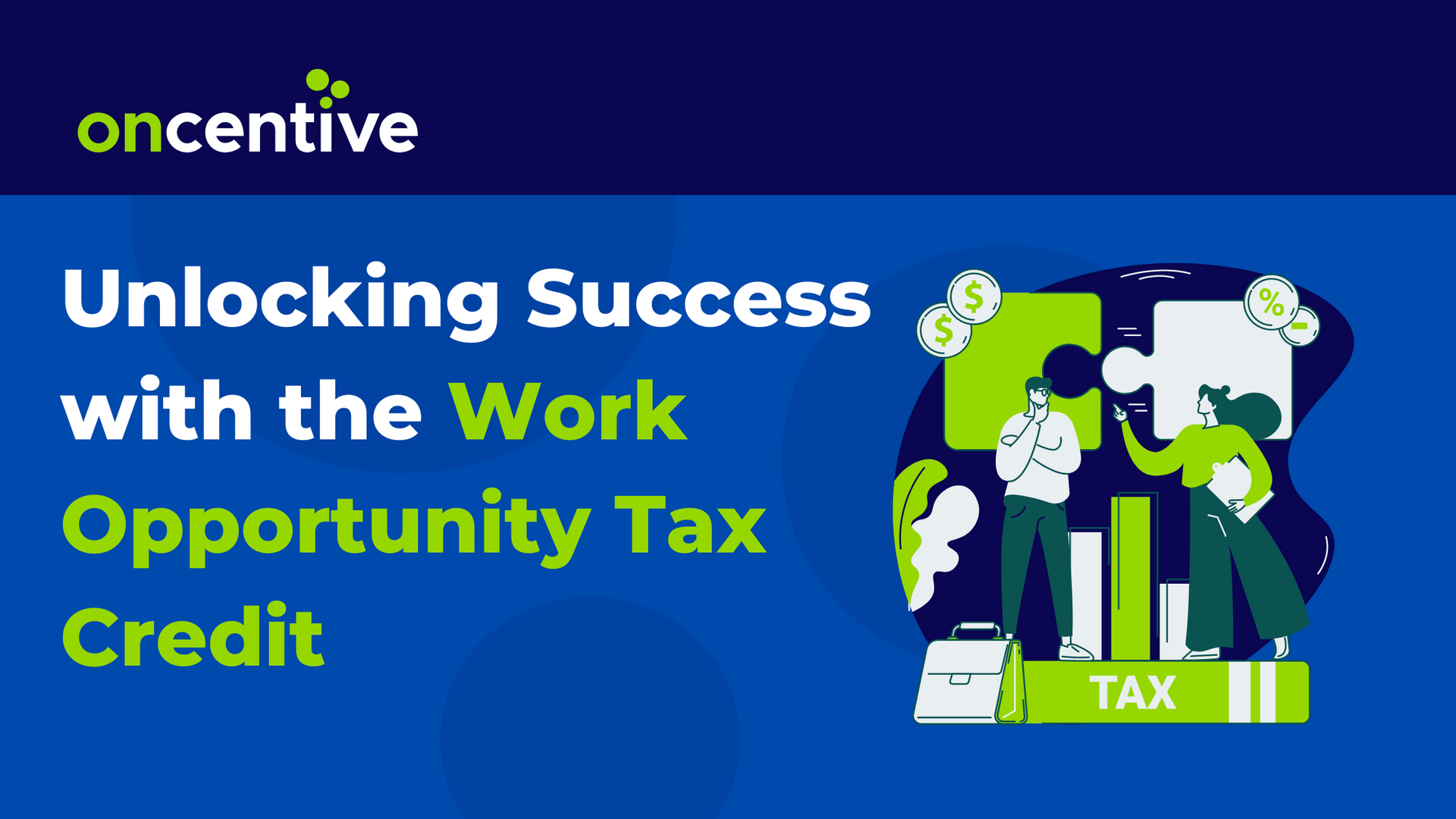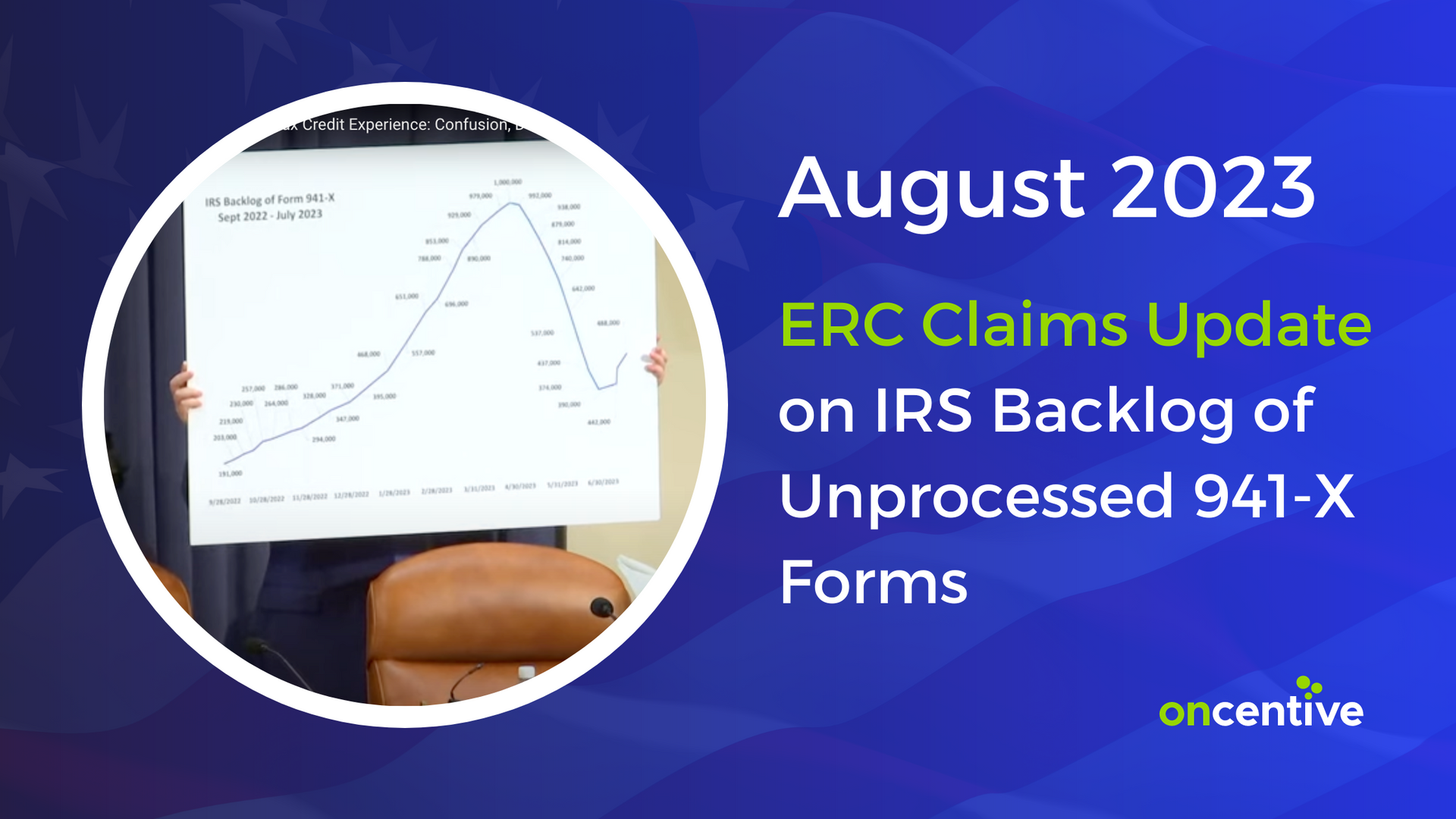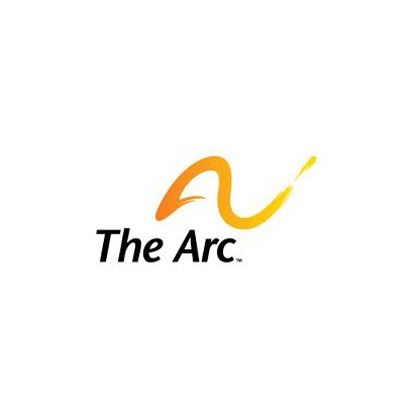Tackling Backlogs and Embracing E-Filing: The IRS's Journey to Modernize Form 941-X

On the one-year anniversary of the IRS’s enhanced funding under the
Inflation Reduction Act of 2022, Commissioner Daniel Werfel made a compelling announcement regarding the imminent electronic filing of Form 941-X – the form used for adjusting and correcting previously filed employment tax returns.
Understanding the Backdrop:
The Inflation Reduction Act, signed by President Biden in August 2022, allocated nearly $80 billion in funding to the IRS for a decade. Despite fiscal fluctuations, the IRS has pushed forward with their ambitious Strategic Operating Plan for 2023-2031. A significant element of this plan is modernizing operations and integrating electronic filing options for a broad range of forms, especially employment tax returns.
In 2022, a
report from the Treasury Inspector General for Tax Administration (TIGTA) highlighted the substantial opportunity presented by employment tax returns for growth in business e-filing. Acting on this, TIGTA strongly recommended the IRS to prioritize and roll out all forms for e-filing.
The Lingering Backlog:
COVID-19 left a lasting mark on the IRS's operations. The pandemic saw a tremendous backlog of submitted forms. As of August 2023, the IRS still had 1.8 million unprocessed Forms 941 and 505,000 unprocessed Forms 941-X. The agency has been processing these returns in order of their reception. The catch? Some of the Forms 941-X can't be processed until their corresponding Forms 941 are processed. The primary challenge is that the bulk of these backlogged returns are paper-based, and the Form 941-X currently lacks an e-filing option.
A notable aspect of this backlog is the
Employee Retention Credit (ERC) – a tax credit introduced to support employers during the pandemic. The volume of ERC claims and paper processing added to the delays. While the IRS has
made progress on the backlog, many businesses are still waiting to receive their much needed funds.
A Beacon of Modernization:
Reflecting on a year of modernization under the Inflation Reduction Act, Commissioner Werfel acknowledged significant strides in the IRS’s Paperless Processing Initiative. By 2023, around 849,000 forms had been scanned, including 304,000 Forms 941.
The promising news doesn’t end there. A draft of
Form 8879-EMP indicates that by 2024, the IRS plans to roll out e-filing for the Form 941-X as a part of its Modernized e-File. Werfel confirmed this during a Q&A session, reiterating the agency’s goal to provide taxpayers an option to handle all IRS interactions electronically by the upcoming filing season. However, for those who prefer paper, the IRS will be prepared. Werfel emphasized, “By 2025, every piece of paper that comes through the IRS’s front door will be digitized,” ensuring efficient storage and faster processing.
In conclusion, the IRS's journey to modernization, especially regarding Form 941-X, paints a picture of an agency working diligently to evolve, adapt, and serve taxpayers better. The focus on electronic filing, combined with addressing the backlog, signals a more streamlined and efficient future for both the IRS and taxpayers.
Navigating the ERC Claim Delays: OnCentive's Swift Solution for Financial Stability
The prolonged delays in processing ERC claims pose significant challenges for eligible employers who depend on these refunds for their financial stability. The waiting period, characterized by months of uncertainty and lack of clear communication from the IRS, has left many businesses in a financial bind.
To provide some relief, OnCentive, a seasoned profitability consultant, has teamed up with several financial institutions to launch a unique funding program. This innovative solution circumvents the typical eight to nine-month wait from the IRS and provides a swift cash infusion to clients within weeks.
For further details on OnCentive’s funding program, visit
https://www.oncentive.com/covid-19-erc-funding.
Have Questions or Need More Information?


 <script type=" text=""/>
<script type=" text=""/>



















